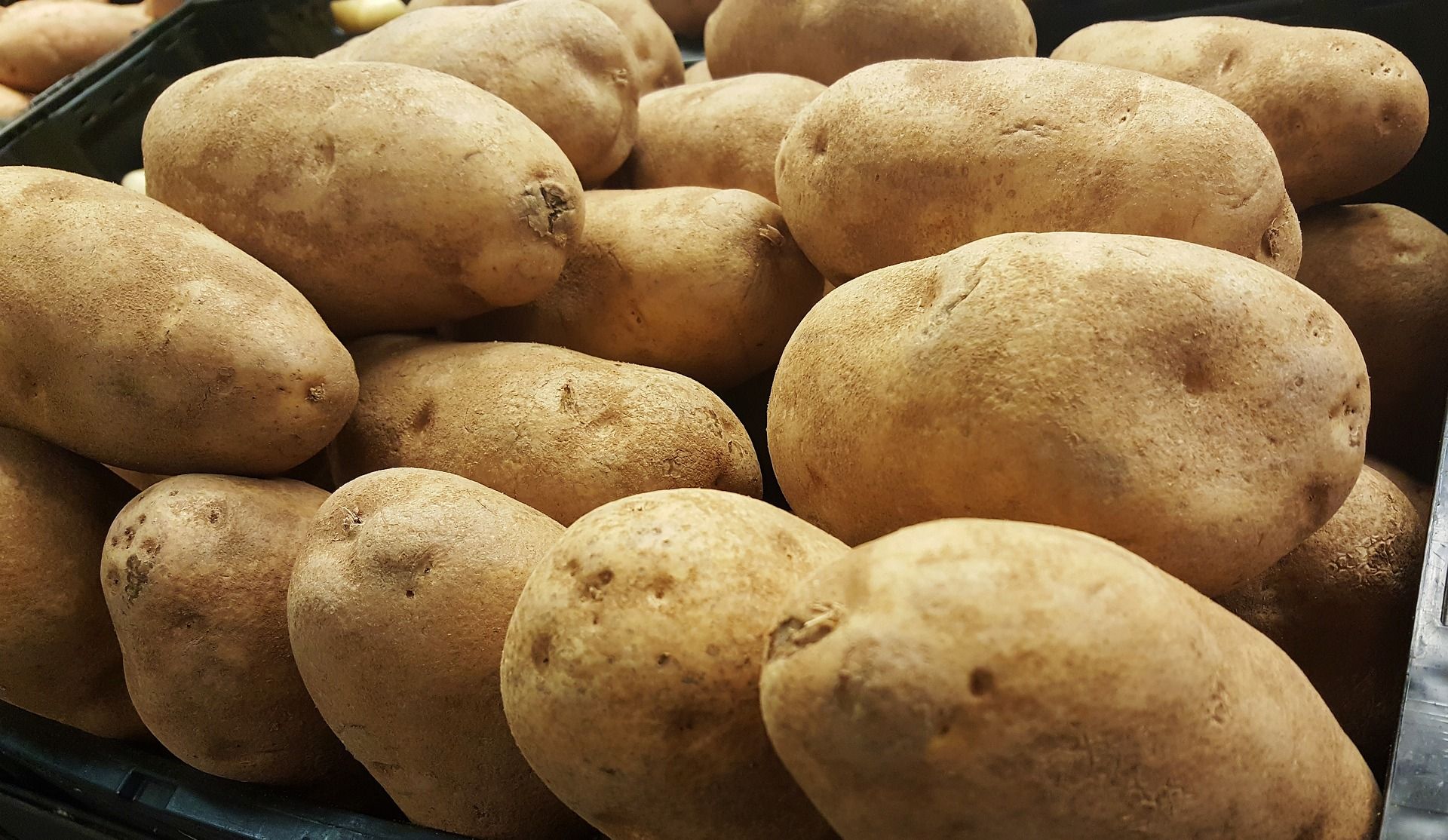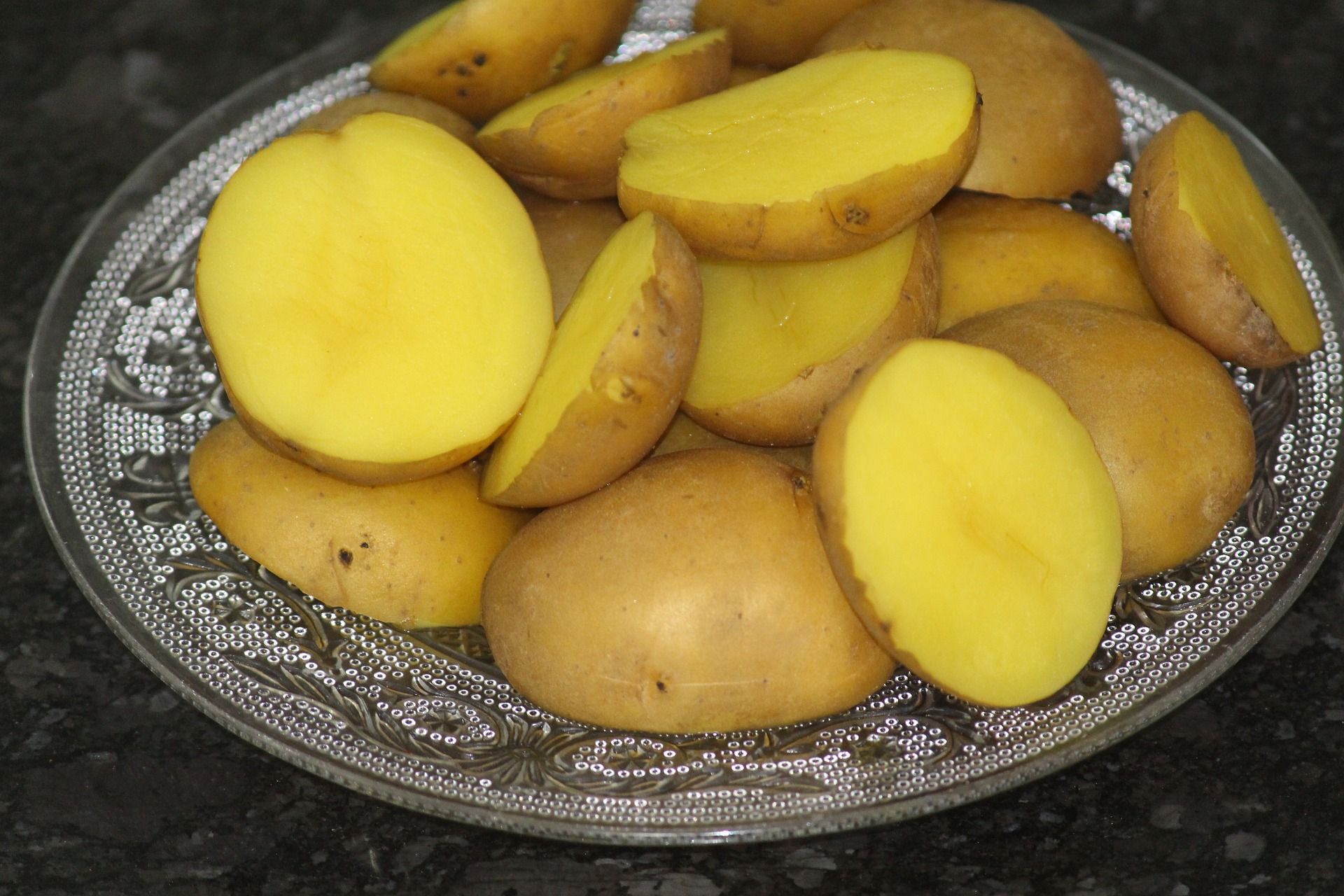10 Tips for Growing and Storing Potatoes in Your Garden: Varieties and Qualities

Potatoes are one of the most popular and versatile crops for backyard gardeners. They are easy to grow and can be stored for months after harvest, providing a valuable source of nutrition throughout the year. In this article, we'll provide 10 tips for growing and storing potatoes in your garden, as well as highlight 5 popular varieties and their qualities.
1. Choose the right soil: Potatoes prefer well-drained, loose soil with a pH of 5.0 to 6.0. Amend your soil with compost or aged manure to provide nutrients for your plants.
2. Start with certified seed potatoes: Certified seed potatoes are disease-free and will produce a healthy crop. Plant your seed potatoes in early spring, when the soil has warmed to around 50 degrees Fahrenheit.
3. Plant in trenches: Dig trenches 4-6 inches deep and 2-3 feet apart. Plant your seed potatoes 12-18 inches apart and cover with 3-4 inches of soil.
4. Hill your potatoes: As your potato plants grow, continue to add soil around the base of the plants to cover the lower stems. This will encourage the development of more tubers and protect them from sunlight, which can turn them green and make them bitter.
5. Water regularly: Potatoes need consistent moisture to grow properly. Water your plants deeply once or twice a week, depending on the weather.
6. Fertilize: Potatoes are heavy feeders and benefit from regular fertilization. Apply a balanced fertilizer at planting and again when the plants are 6-8 inches tall.
7. Watch for pests: Potato beetles, aphids, and wireworms are common pests that can damage your crop. Keep an eye out for signs of infestation and take action early to prevent serious damage.
8. Harvest at the right time: Potatoes are ready to harvest when the plants start to die back. Wait 2-3 weeks after the tops have died back to allow the potatoes to fully mature.
9. Cure your potatoes: After harvest, allow your potatoes to cure in a cool, dry place for 1-2 weeks. This will toughen the skin and extend their storage life.
10. Store your potatoes properly: Store your cured potatoes in a cool, dark place with good ventilation. Avoid storing them near onions or apples, which can cause them to sprout.
Varieties and Qualities:
1. Russet: This variety is perfect for baking and frying. Russets have a high starch content and a slightly nutty flavor.

2. Yukon Gold: Yukon Golds are a versatile variety with a buttery flavor and creamy texture. They are great for boiling, baking, and mashing.

3. Red: Reds have a firm texture and are great for boiling, roasting, and grilling. They are also perfect for potato salads.

4. Fingerling: Fingerlings are small, elongated potatoes with a rich, buttery flavor. They are perfect for roasting and grilling.
5. Blue: Blue potatoes have a striking blue-purple flesh and a nutty, earthy flavor. They are great for baking and frying.
By following these tips and choosing the right variety for your needs, you can successfully grow and store your own potatoes in your backyard garden.
